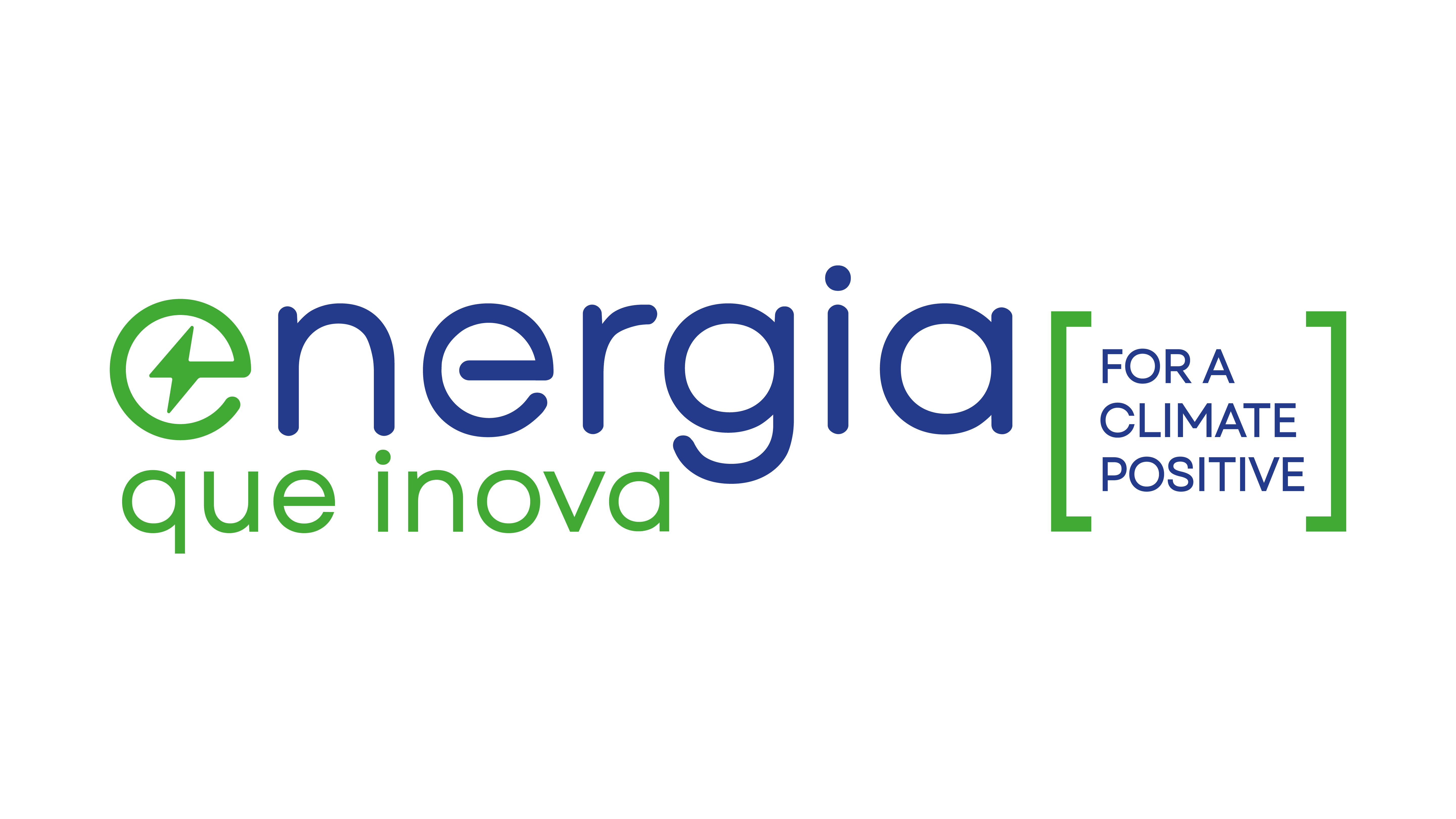The Japanese company Panasonic is revolutionizing the solar energy industry with its latest technological advancement: perovskite photovoltaic glass. In an effort to make the most of solar incidence on building facades, the Japanese giant is transforming windows into renewable energy sources.
In Japan, a country that has historically relied heavily on imported energy, Panasonic Holdings Corporation is leading the way toward a more sustainable energy solution. The company recently installed a perovskite photovoltaic glass prototype in a model home in the city of Fujisawa, where it will carry out technical tests over the next year. This innovation has the potential to revolutionize the way we view our urban facades and their ability to produce clean energy.
The functioning of these windows is remarkable. They directly absorb solar energy, while at the same time protecting the interior of the building from intense sunlight. This not only reduces the need for artificial energy, but also generates electricity to supply the site's energy needs. Furthermore, the use of glass-integrated perovskite solar cells overcomes previous challenges related to transparency and design. This means that this revolutionary material can be applied to various architectural structures, opening new horizons for the integration of solar energy into our urban environments.
But how exactly does this work? An extremely thin layer of perovskite crystals, less than a micrometer thick, is deposited onto a glass substrate using an inkjet printing technique. Panasonic has developed perovskite glass panels with different levels of transparency, allowing flexible customization according to design and energy efficiency needs.
Perovskite solar panels represent a promising alternative to conventional silicon solar cells. Perovskite, a mineral composed of calcium and titanium oxide, has a remarkable ability to absorb sunlight. These solar cells already achieve an impressive efficiency of 25% in converting light energy into electricity, surpassing polycrystalline silicon cells, which have an efficiency of around 20%. The combination of perovskite and silicon can increase this number even further, reaching an incredible 32.5%. Additionally, perovskite cells do not require high heat treatment during the manufacturing process, making them more affordable and energy sustainable. While the production of silicon cells requires two to three years to recover the energy used in their manufacture, perovskite cells reach this milestone in just three or four months.
With this innovation from Panasonic, the future of clean energy generation looks brighter than ever. Building facades will soon be able to not only reflect the beauty of our cities, but also actively contribute to the production of renewable energy, bringing us closer to the goal of net-zero emissions in our homes and buildings. As perovskite photovoltaic glass technology develops and becomes more affordable, we can expect to see more buildings transform into true sources of sustainable energy. The future is becoming greener, one pane of glass at a time.













